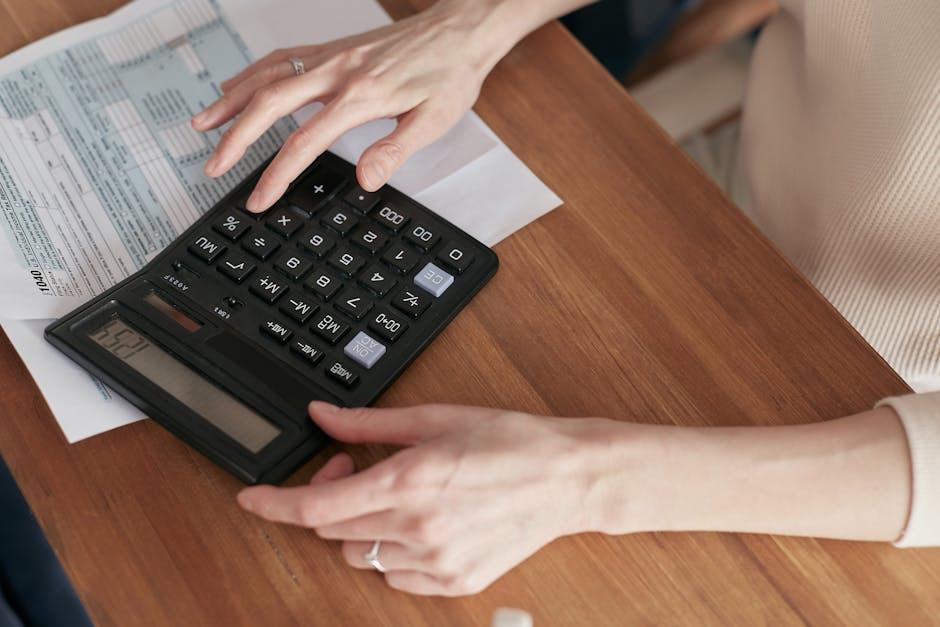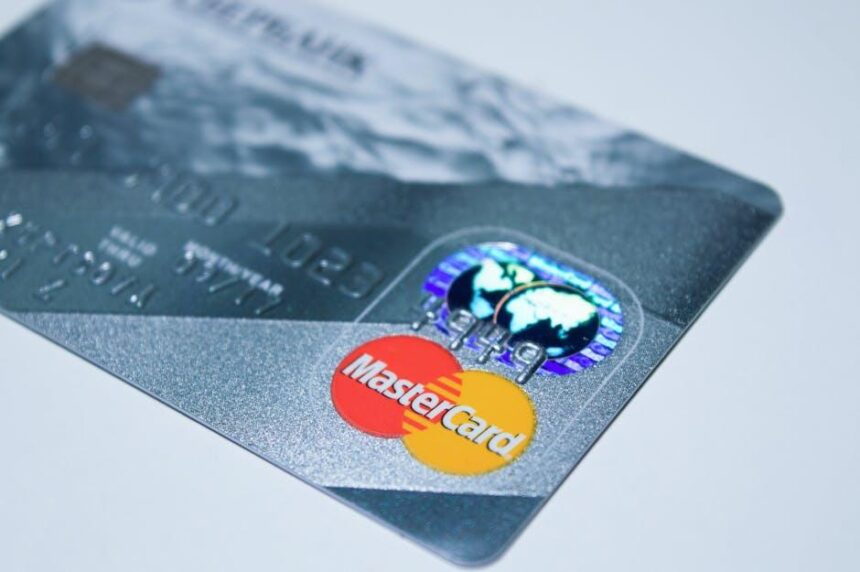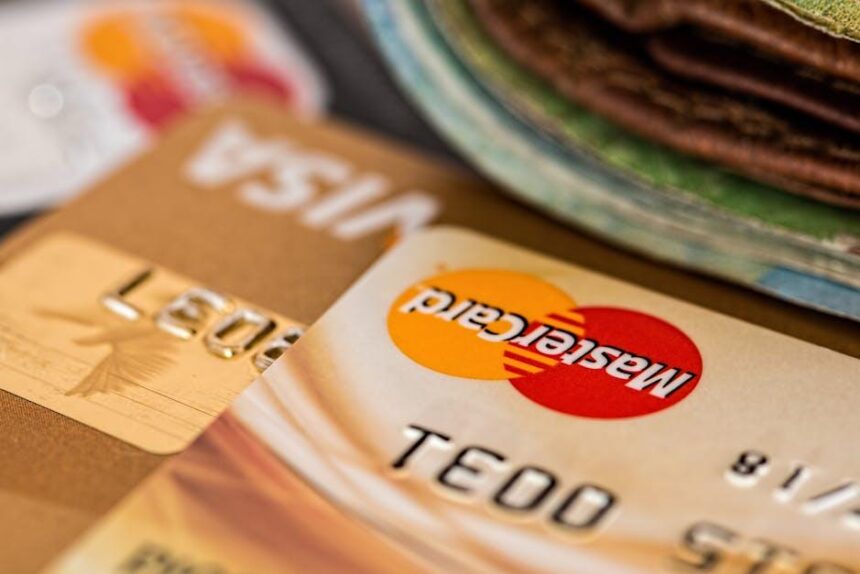In today’s fast-paced financial landscape, managing your money can often feel like a juggling act, especially when unexpected overdraft fees throw a wrench in your carefully crafted budget. These fees can quickly accumulate, transforming minor slips into significant burdens. However, with the right strategies and a proactive approach, you can take control of your finances and bid farewell to overdraft charges for good. This article will guide you through practical steps to master your finances, helping you establish a safety net that allows for smooth sailing in your financial journey. Discover how small changes can lead to big savings and empower you to reclaim your financial peace of mind.
Understanding Overdraft Fees and Their Impact on Your Budget
Overdraft fees can significantly impact your financial health, creating unplanned expenses that can quickly pile up. Understanding how these fees work and their effects on your budget is essential for managing your finances effectively. Here’s what you need to know:
What Are Overdraft Fees?
Overdraft fees occur when you spend more money than you have in your checking account. For example, if you write a check for $100 but only have $80 in your account, the bank may cover the difference, resulting in an overdraft fee, which can range from $30 to $40 per transaction.
How Overdraft Fees Affect Your Budget:
- Unexpected Costs: A sudden $35 fee can disrupt your carefully planned budget, especially if funds are tight.
- Compound Effect: Multiple overdrafts can lead to a cycle of fees, making it challenging to regain control of your finances.
- Interest Accrual: If overdrafts lead to negative balances that remain unpaid, additional fees and interest may accumulate, further straining your budget.
Bank Policies on Overdrafts:
Each bank has its own policies regarding overdrafts. Some common practices include:
- Opt-In Programs: Many banks allow you to opt-in for overdraft coverage for debit card transactions, while others automatically enroll you, which may involve fees.
- Transfer Options: Many institutions offer the ability to link savings accounts or credit lines to cover overdrafts, which can be a less costly alternative.
- Daily Limits: Most banks cap the number of overdraft fees you can incur in a day, but this limit varies by bank.
Ways to Avoid Overdraft Fees:
- Regular Monitoring: Keep a close eye on your account balance using smartphone apps or online banking.
- Set Up Alerts: Most banks offer alert services that notify you of low balances, enabling you to take action before an overdraft occurs.
- Maintain a Cushion: Having a small buffer in your checking account can prevent accidental overdrafts.
- Consider Overdraft Protection: Evaluate options offered by your bank that may include lower fees or alternatives to traditional overdraft services.
Evaluating Your Bank Choice:
When selecting a bank, consider how it handles overdrafts. Here’s a basic comparison table of some popular banks’ overdraft policies:
| Bank | Standard Overdraft Fee | Overdraft Protection Options | Daily Limit on Fees |
|---|---|---|---|
| Bank of America | $35 | Link to savings account or credit line | 4 fees per day |
| Chase Bank | $34 | Transfer from savings via Opt-in | 3 fees per day |
| Wells Fargo | $35 | Overdraft protection transfer | 3 fees per day |
Understanding overdraft fees and their implications can empower you to navigate your finances more effectively. By implementing proactive strategies and considering different banking options, you can prevent unexpected fees and maintain a healthier budget.

Creating a Personalized Budget to Prevent Overdraft Scenarios
Creating a personalized budget is an essential step toward avoiding overdraft scenarios and ensuring financial stability. By tailoring your budget to reflect your actual income and expenditures, you can better manage your money and reduce the risk of incurring costly overdraft fees. Here’s how to create an effective budget:
- Understand Your Income: Calculate your total monthly income, including your salary, bonuses, and any side hustles. Use your net income (after taxes) to ensure a realistic budget.
- Track Your Expenses: Categorize your spending into fixed and variable expenses. Fixed expenses include rent/mortgage, utilities, and loan payments, while variable expenses may cover groceries, dining out, and entertainment.
- Use Budgeting Tools: Leverage tools and apps such as Mint or YNAB (You Need A Budget) to help track your spending and adjust in real-time. These tools can send alerts when you’re nearing your set spending limits.
- Set Savings Goals: Allocate a portion of your budget for savings. Aim for at least 20% of your income. This can serve as a financial cushion to prevent overdrafts in case of unexpected expenses.
- Review and Adjust Regularly: Your budget should not be static. Review it monthly to reflect changes in income or expenses. Adjust categories based on your spending patterns.
| Category | Example Amount | Perc. of Income |
|---|---|---|
| Housing | $1,500 | 30% |
| Utilities | $200 | 4% |
| Groceries | $400 | 8% |
| Transportation | $300 | 6% |
| Entertainment | $150 | 3% |
| Savings | $1,000 | 20% |
| Total Income | $5,000 | 100% |
By following these steps and consistently monitoring your financial situation, you can create a personalized budget that shields you from overdraft scenarios and enhances your financial well-being.

Practical Strategies for Building an Emergency Fund
Building an emergency fund is a crucial step in financial stability. This fund acts as a safety net, giving you peace of mind against unexpected expenses such as medical emergencies, car repairs, or job loss. Here are some practical strategies to help you create and maintain this important financial resource:
- Set a Target Amount: Aim to save 3 to 6 months’ worth of living expenses. This provides enough cushion for most unexpected situations.
- Open a Dedicated Account: Consider opening a high-yield savings account at a reputable bank like Ally Bank or Marcus by Goldman Sachs. These accounts typically offer higher interest rates than traditional savings accounts, helping your money grow faster.
- Automate Your Savings: Set up automatic transfers from your checking account to your emergency fund. Even small, consistent contributions can add up over time.
- Cut Unnecessary Expenses: Review your monthly budget and identify areas where you can trim costs. Consider dining out less or canceling unused subscriptions to increase your savings.
- Use Windfalls Wisely: Whenever you receive bonuses, tax refunds, or any unexpected income, consider funneling a portion directly into your emergency fund.
- Review and Adjust: Periodically reassess your emergency fund based on changes in your financial situation, such as a new job or increased living expenses.
Here’s a simple table to illustrate how you can track your savings goals:
| Month | Savings Goal | Amount Saved | Balance |
|---|---|---|---|
| January | $1,000 | $200 | $200 |
| February | $1,000 | $300 | $500 |
| March | $1,000 | $500 | $1,000 |
By following these strategies, not only will you build a robust emergency fund, but you’ll also foster healthier financial habits that can lead to long-term financial security.

Leveraging Banking Tools to Monitor and Manage Your Spending
In today’s fast-paced financial landscape, leveraging banking tools can make a significant difference in how you manage your spending and ultimately help you avoid those pesky overdraft fees. Understanding and utilizing the offerings from your bank can empower you to take control of your finances effectively.
Automated Alerts and Notifications
Many banks now provide automated alerts that can help you stay on top of your spending. These notifications can be customized to alert you when:
- Your balance falls below a certain threshold
- A transaction exceeds a specified amount
- Monthly statements are ready for review
Setting these alerts on apps from banks like Chase, Bank of America, or Wells Fargo can provide real-time visibility into your spending habits.
Budgeting Tools
Most major banks offer integrated budgeting tools within their mobile apps. These tools can categorize your spending, track your monthly expenses, and even help project future spending based on your patterns. Look for features that allow you to:
- Set spending limits across various categories (e.g., groceries, entertainment)
- Visualize trends over time with graphs and summaries
- Receive customized recommendations for savings based on your habits
For example, the Mint app integrates with various bank accounts, allowing a comprehensive view of your finances and suggesting ways to cut costs.
Real-Time Transaction Tracking
Using real-time transaction tracking provided by your banking app can help you monitor spending as it happens. This capability allows you to:
- Quickly spot unauthorized transactions
- Ensure you are within budget limits daily
- Adjust spending habits / make quick financial decisions based on current balance
Many banks, including PNC and Citi, provide push notifications every time a transaction occurs, ensuring you’re always informed.
Spending Reports
Some banks generate detailed spending reports that summarize your financial activities over a set period. These reports highlight:
- Monthly spending summaries
- Comparative insights (e.g., this month vs. last month)
- Areas where you might save money
Downloading these reports can provide insights that help refine your budget strategy. Look for features in your bank app or via online banking platforms.
Account Linking Features
If you’re using multiple banking or credit accounts, it can be a challenge to monitor them all. Utilize tools that allow you to link different accounts. Banks like Capital One offer services that let you connect external accounts, providing a holistic view of your financial situation. This helps in:
- Avoiding overdrafts by tracking all funds in one place
- Setting overarching spending limits across accounts
| Bank | Key Features |
|---|---|
| Chase | Automated alerts, spending categories |
| Bank of America | Integrated budgeting tools, real-time tracking |
| Wells Fargo | Spending reports, account linking features |
| Capital One | External account linking, flexible spending limits |
By actively utilizing these banking tools, you can maintain a better grip on your finances, empowering yourself to avoid unwanted fees and better manage your spending. Each step taken towards actively monitoring your financial activities leads to greater financial confidence and stability.

Insights and Conclusions
In closing, mastering your finances isn’t just about avoiding overdraft fees; it’s about taking control of your financial future. By understanding your spending habits, setting clear budgets, and utilizing the right tools, you can pave the way to a more secure and confident financial life. Remember, each step you take, no matter how small, brings you closer to financial empowerment. So, as you move forward, keep these strategies in mind, stay disciplined, and watch as your financial landscape transforms. The journey to financial mastery begins today-embrace it with patience and determination.














